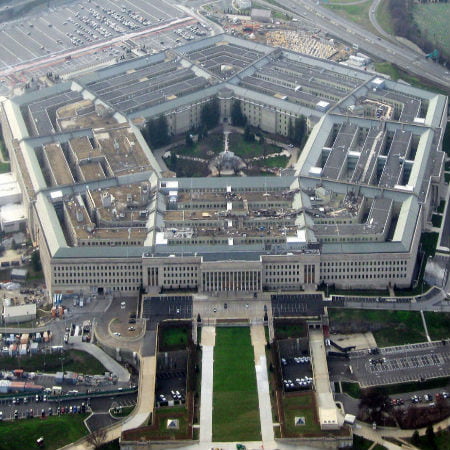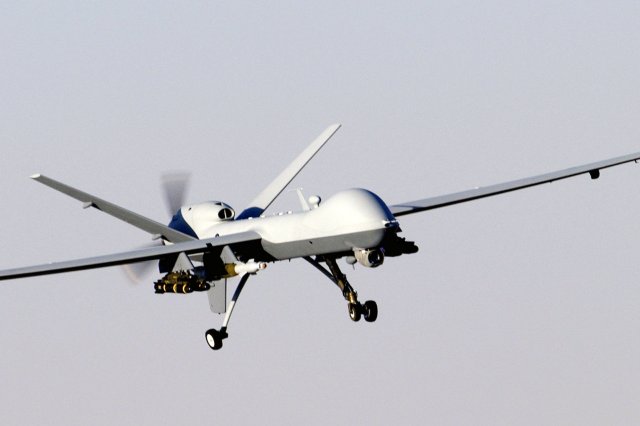
It is clear and perfectly legal to use military drones over the U.S. soil, but one can’t help but wonder why the program is still being surrounded by some unexplained issues and why some are saying the government is not doing much when it comes to controlling the practice.
Spy drones have been used over the United States for 10 years now by Pentagon, but this fact was not publicized until recently when it responded to a Freedom Information Act request. Benjamin Friedman, a researcher at the libertarian Cato Institute think tank, worried how it took so long to release information on a program that has been in operation since 2006.
Legal Use of Drones
Scroll down for video

Wikimedia Commons
“If everything is so legal, then it shouldn’t take a FOIA request to find out about it,” said Friedman.
In reaction to Friedman’s research, publicly the Pentagon has posted a partial list of drone missions that have flown over the United States in non-military airspace and explains the aircraft’s use is to support in local disasters monitoring. The list claimed not to be well known.
Friedman said the use of military personnel and equipment on the soil of U.S. is legal and a common practice, which includes providing assistance to local law enforcement agencies during emergencies and training at the military bases. He did not question the overall legality of the program. He also uses National Guard troops as an example who help to locate natural disasters victims.
He said, drones, simply are an extension of that practice. The Pentagon’s inspector general conducted a legal analysis, finding the Pentagon’s infrequent use of military drones over U.S. soil—less than 20 times between 2006 and 2015— to be lawful.
A Pentagon report stated how an interim policy was signed by the then Secretary Defence Donald Romsfeld on September 28, 2006, aimed at guiding the use of military drones over the U.S.
That remained in force until it was superseded early last year by a policy with a more standardized approval process.
The analysis of the inspector general shows that the Pentagon can legally assist civil authorities when requested, as the use of drones was new on ground. He further said that there was no federal legislative act that states what to do if a state emergency official or a governor requested for the use of the military drones for some form of surveillance in case of fires, disasters, or floods.
An interim policy drafted by the Pentagon focuses on how the military will provide assistance to civil authorities when requested. The policy made it extremely restrictive—according to the analysis of inspector general, only the secretary of Defense or someone designated by the secretary must give approval.

Los Angeles Times
“Great care is taken by DoD (Department of Defense) personnel to protect the American public’s civil liberties and privacy rights while simultaneously preparing to employ UAS (unmanned aircraft systems) capabilities,” concluded by the inspector general.
If the law enforcement agencies and local governments could purchase their own drones, Friedman said he would be free from stress, rather than borrowing the military drones all the times. He said, by so doing, there would be more comment from the U.S. citizens who could easily find a drone over their backyard flying without fear of any danger.
“It’s an accountability concern,” said Friedman. “You’d like to know if you’re a voter in California or Ohio if your authorities feel they need to be flying Predator drones. You’d like to be able to have some kind of democratic debate about that.”
Watch the video below